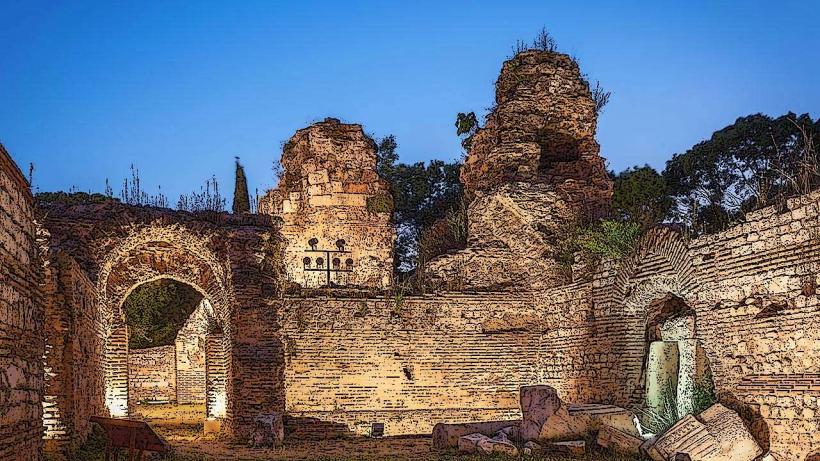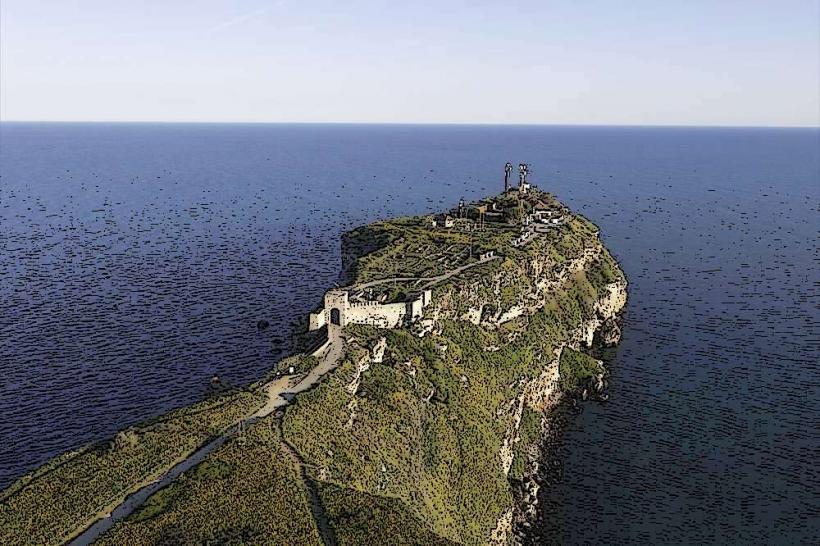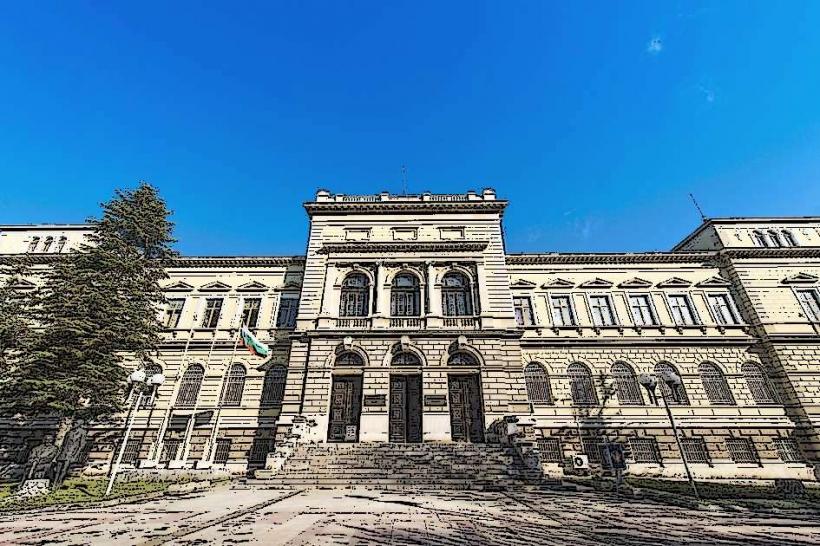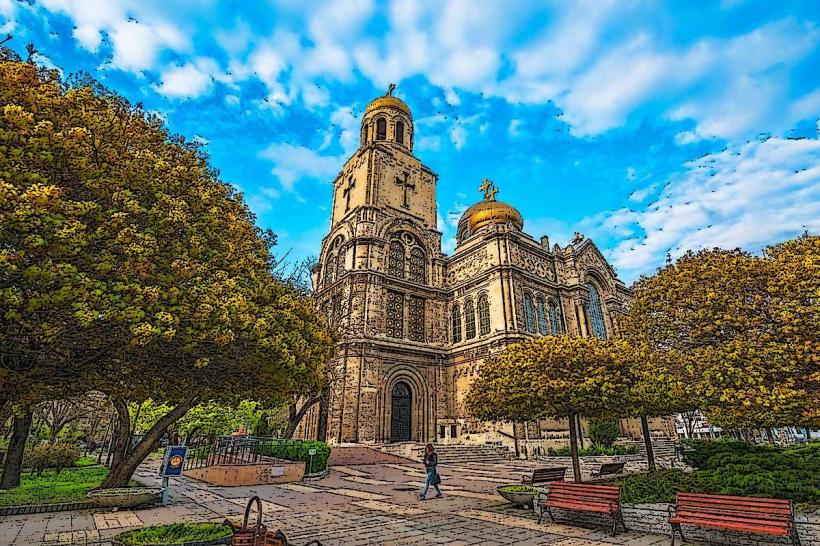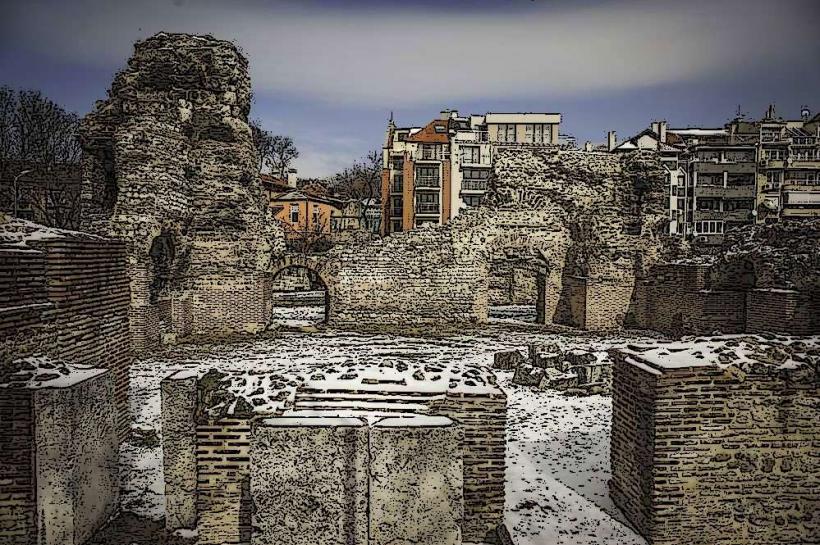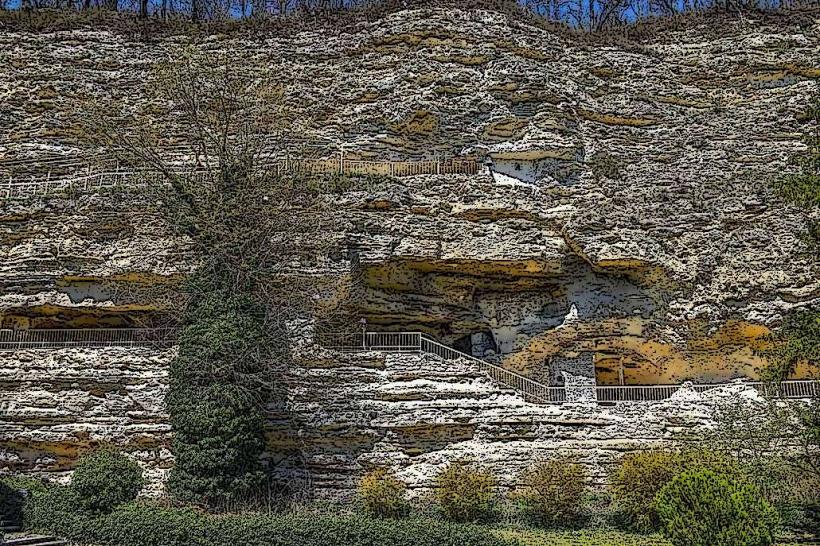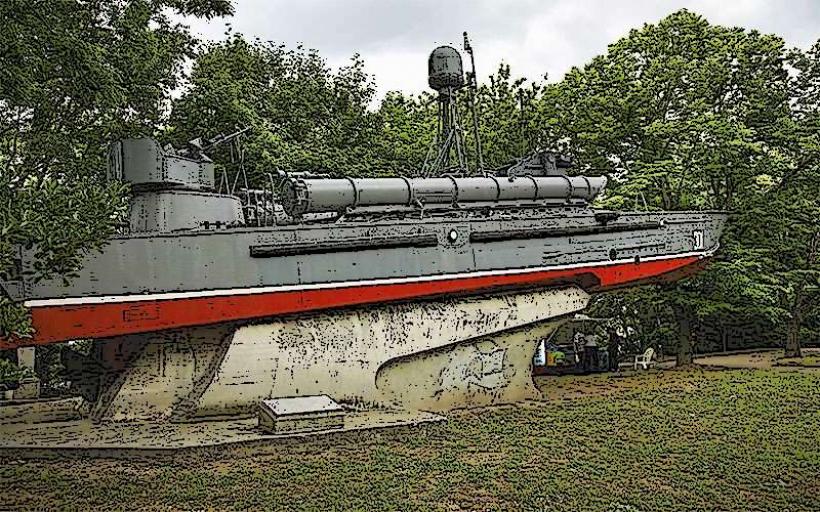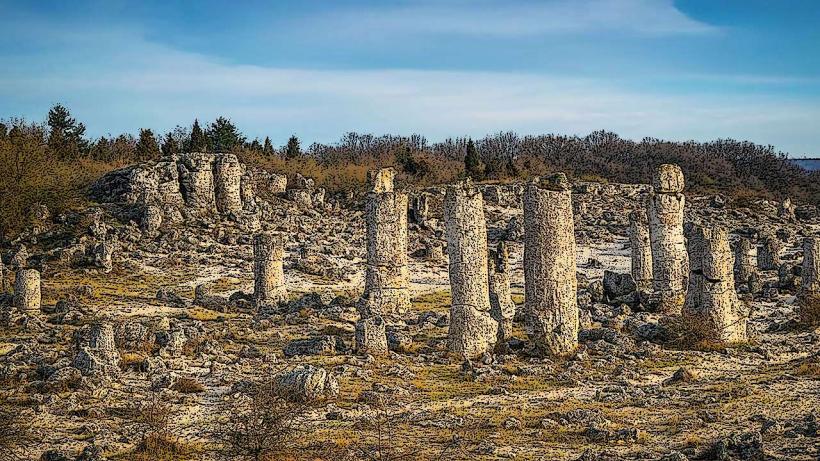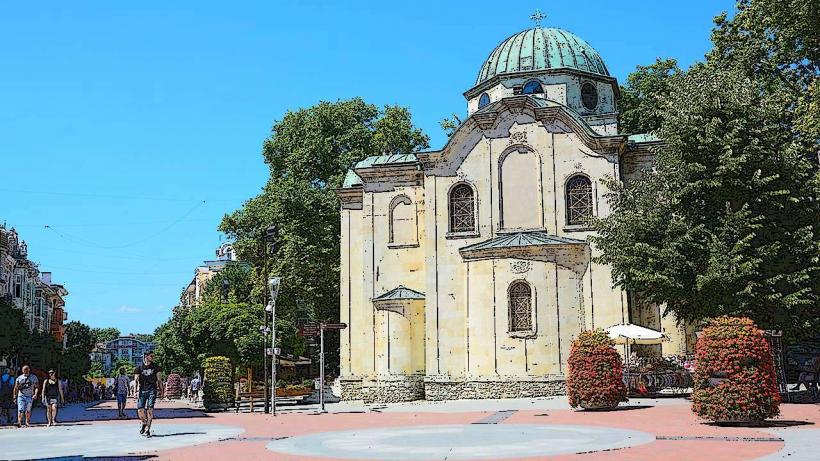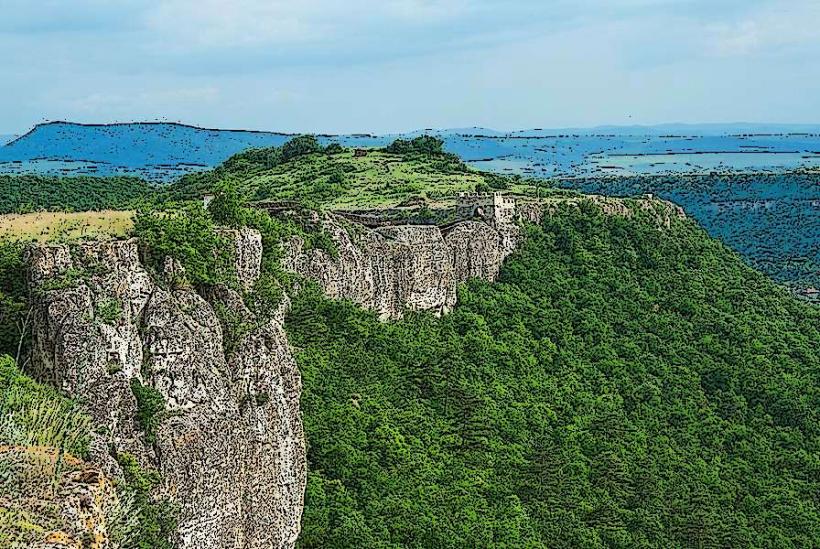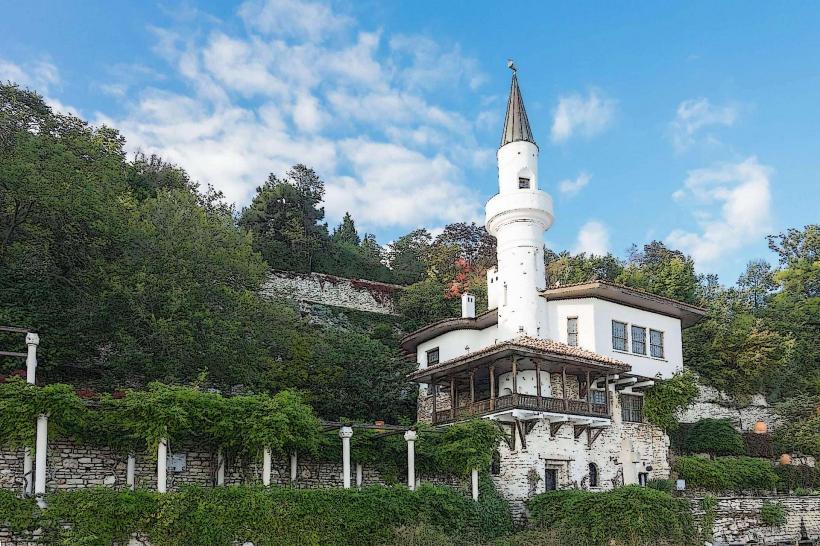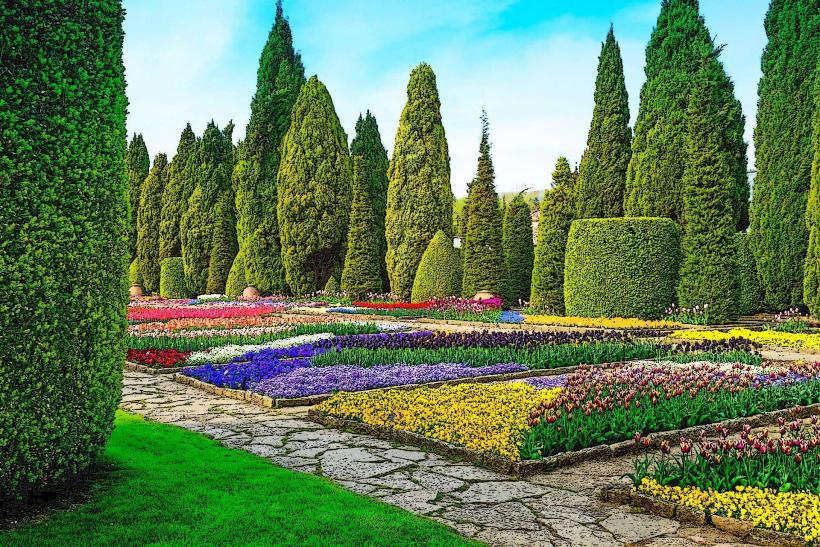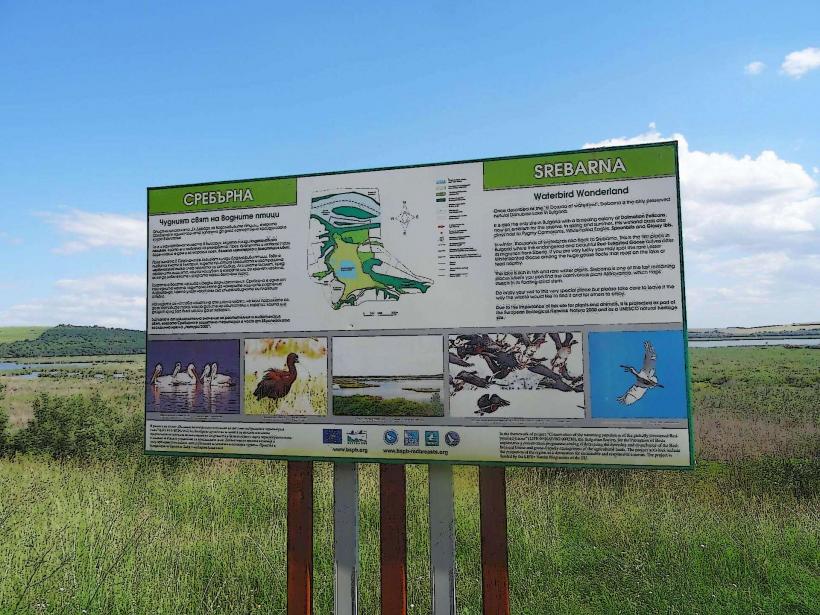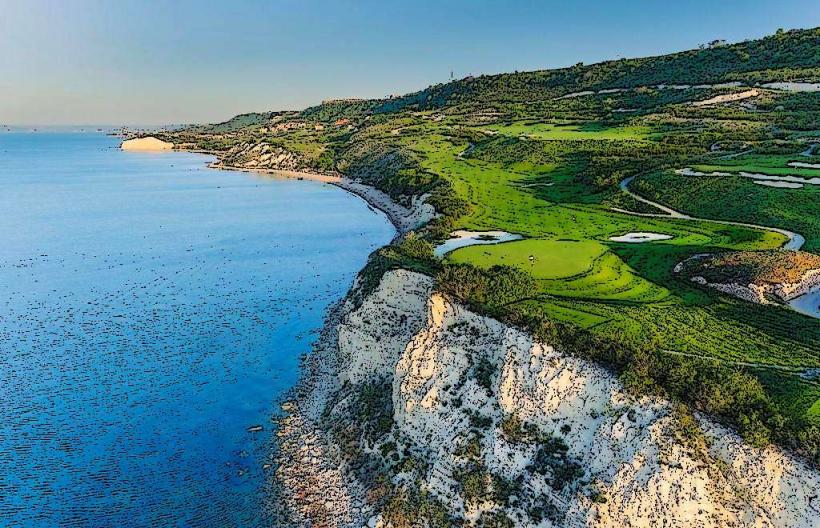Information
Landmark: Varna Roman ThermaeCity: Varna
Country: Bulgaria
Continent: Europe
The Roman Thermae, or Roman Baths, located in Varna, Bulgaria, is an impressive archaeological site that showcases the remnants of one of the largest and best-preserved ancient Roman bath complexes in the Balkans. This site provides valuable insights into the social and cultural life of the Romans during their occupation of the region.
Historical Background
- Construction: The Roman Thermae were built in the 1st century AD, during the period of Roman rule over the region, known as Thracia. They were part of the ancient city of Odessos, which later became known as Varna.
- Cultural Significance: The baths served as a social and recreational center for the citizens of Odessos, where people gathered not only for bathing but also for socializing, exercising, and conducting business.
Architectural Features
- Complex Layout: The Roman baths covered an area of approximately 7,000 square meters (75,000 square feet). The complex includes various rooms and facilities typical of Roman baths, such as:
- Apodyterium: The changing room where bathers would leave their clothes.
- Frigidarium: The cold room with a pool for cold baths, which was often decorated with beautiful mosaics.
- Tepidarium: The warm room, heated by hypocaust (underfloor heating) systems, providing a transitional space between the cold and hot baths.
- Caldarium: The hot room, featuring hot baths and steam, where visitors could enjoy high temperatures.
- Construction Materials: The Thermae were constructed using local stone and brick, and some of the floors were adorned with intricate mosaics, showcasing beautiful geometric patterns and colorful designs.
Archaeological Discoveries
- Excavations: Archaeological excavations at the site began in the 20th century and have revealed various artifacts, including pottery, coins, and sculptures, providing a deeper understanding of life in ancient Odessos.
- Preservation: Many of the original structures, including the heating systems and the well-preserved walls, can still be seen today, allowing visitors to appreciate the advanced engineering techniques of the Romans.
Visitor Experience
- Museum: The site is complemented by a museum that exhibits a collection of artifacts found during excavations, including ceramics, tools, and other items from daily life in ancient times. The museum helps to contextualize the importance of the Thermae and its role in the community.
- Guided Tours: Visitors can take guided tours of the Roman Thermae, which provide insights into the history, architecture, and significance of the site, enhancing the overall experience.
- Accessibility: The Roman Baths are conveniently located in the center of Varna, making them easily accessible for visitors exploring the city’s attractions.
Conclusion
The Roman Thermae in Varna is a remarkable archaeological site that offers a glimpse into the social and cultural life of ancient Roman society. With its impressive architectural remains and the artifacts on display, it stands as a testament to the engineering prowess of the Romans and their emphasis on public bathing as an essential aspect of daily life. For history enthusiasts and travelers alike, visiting the Roman Thermae provides an enriching experience, revealing the fascinating history of Varna and the legacy of the Roman Empire in the region.

